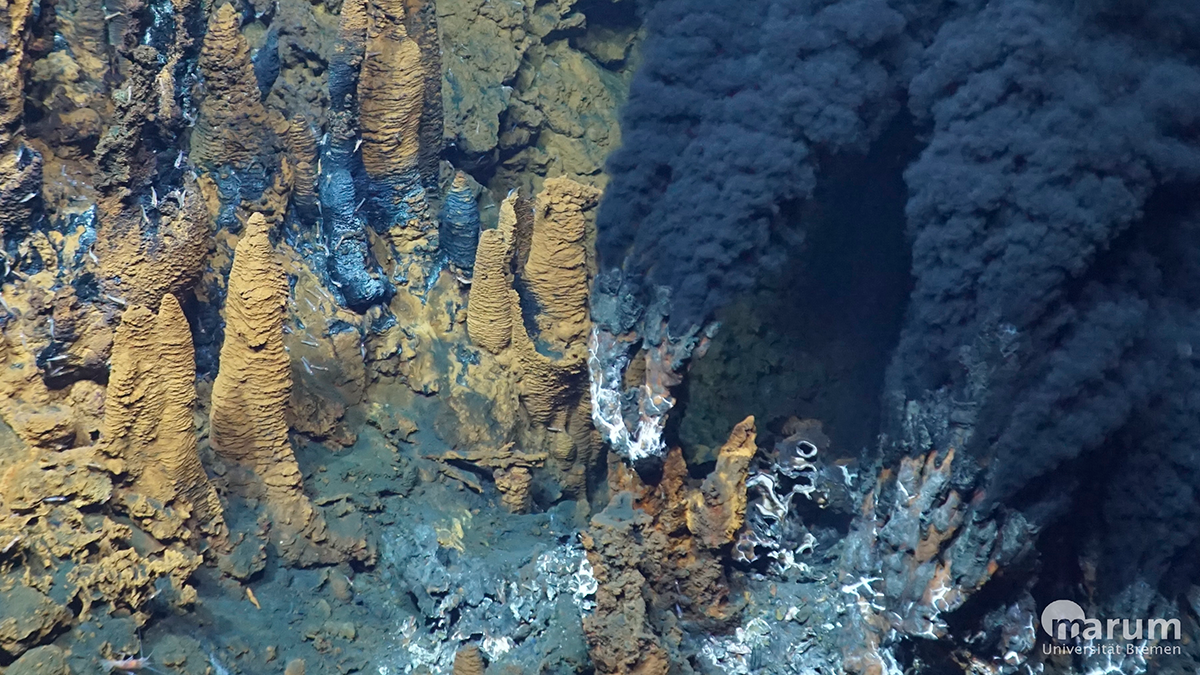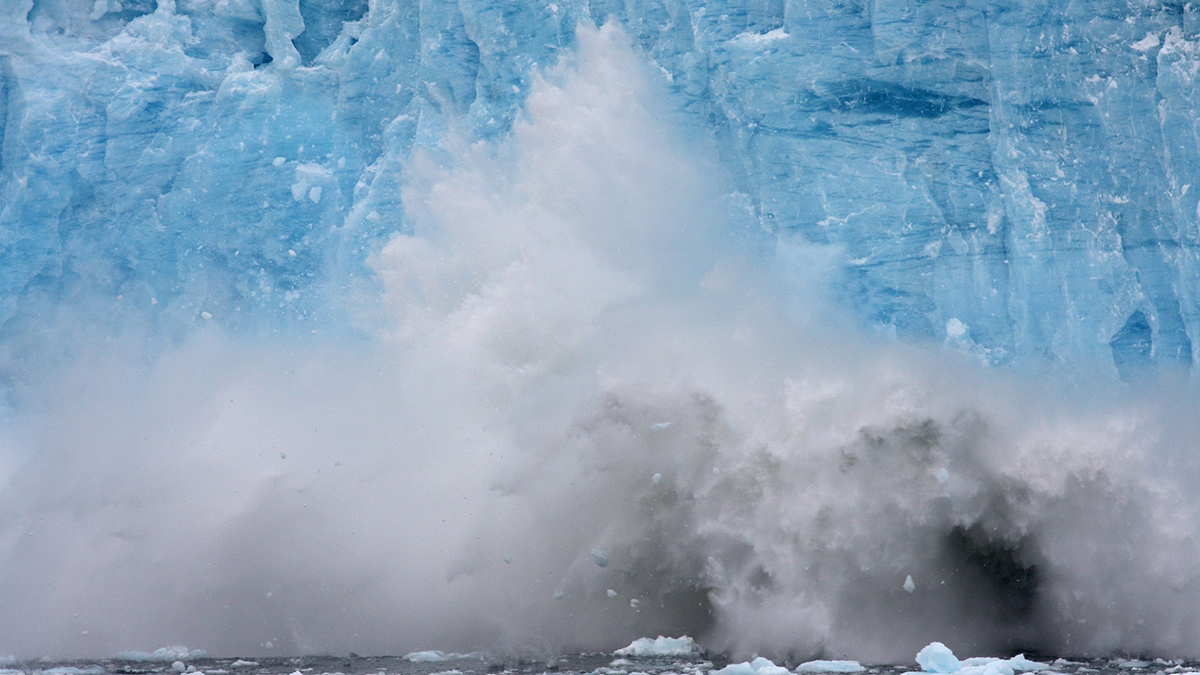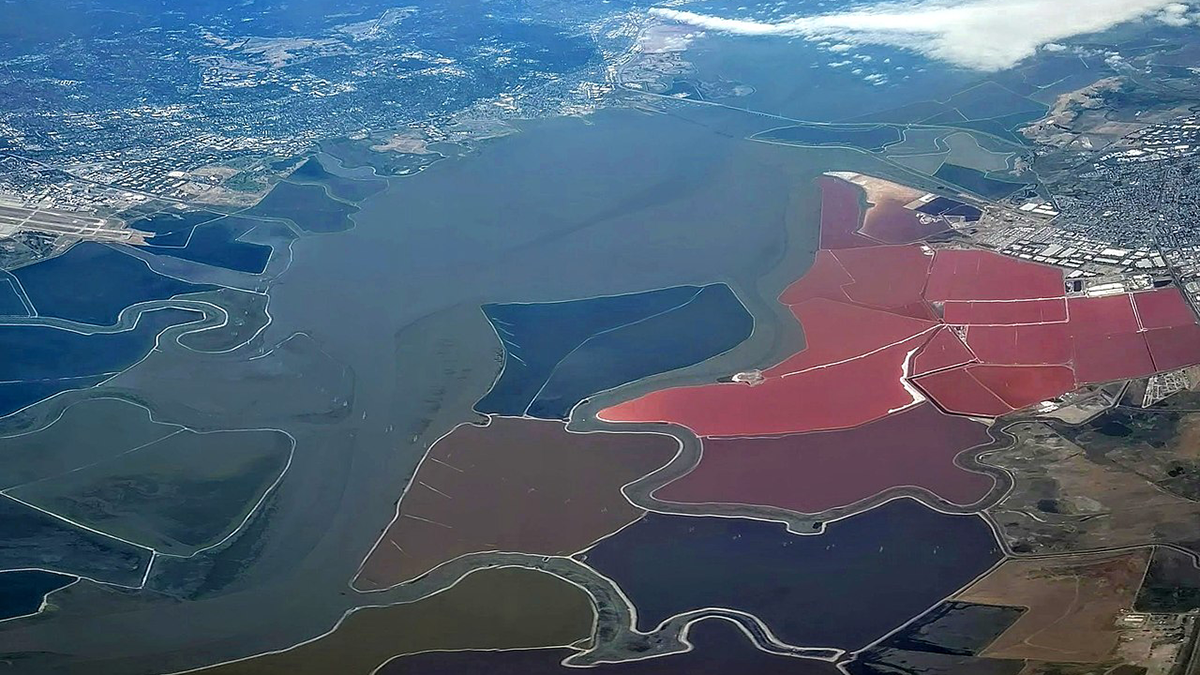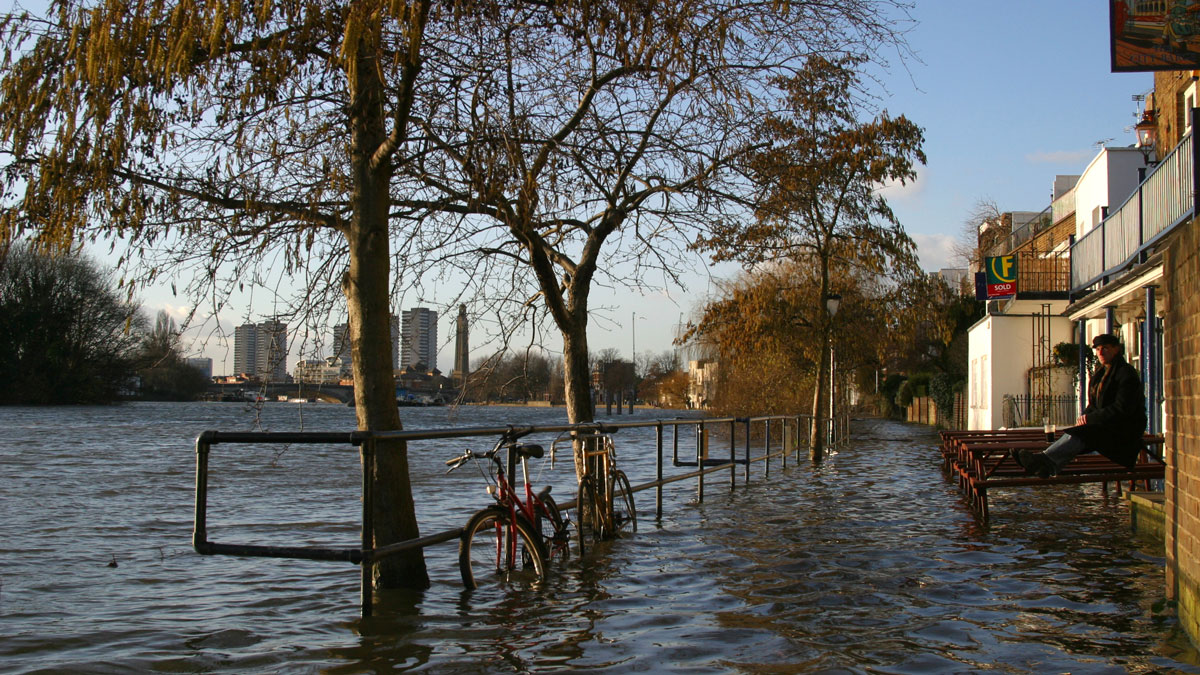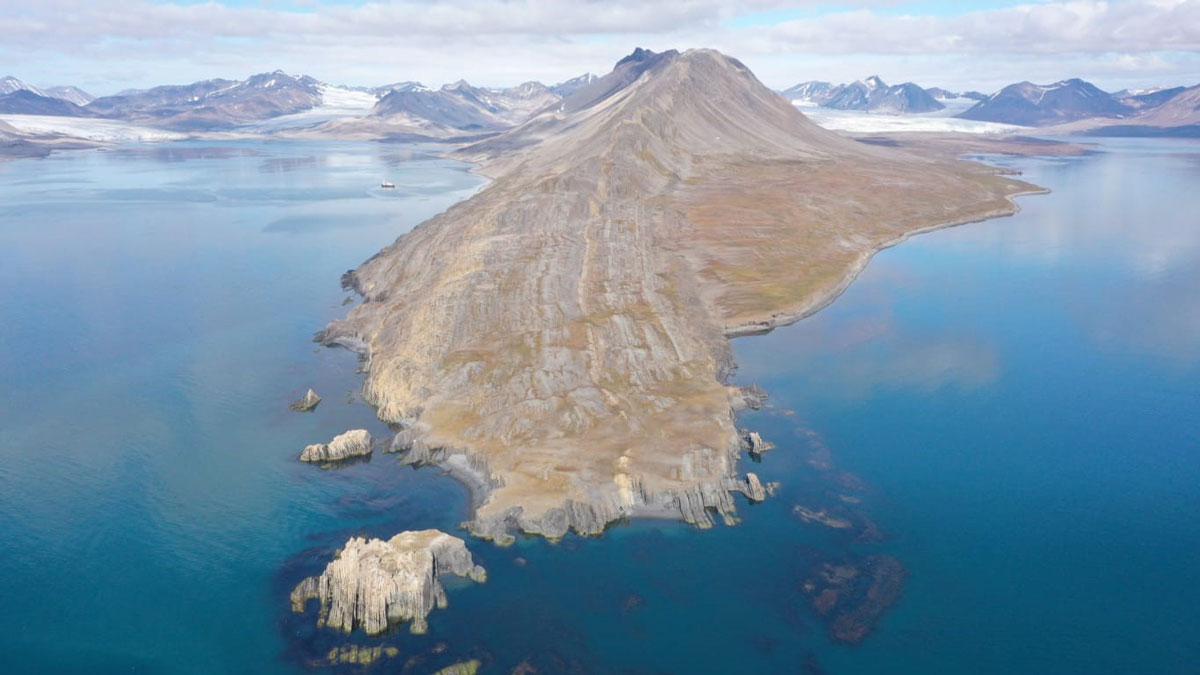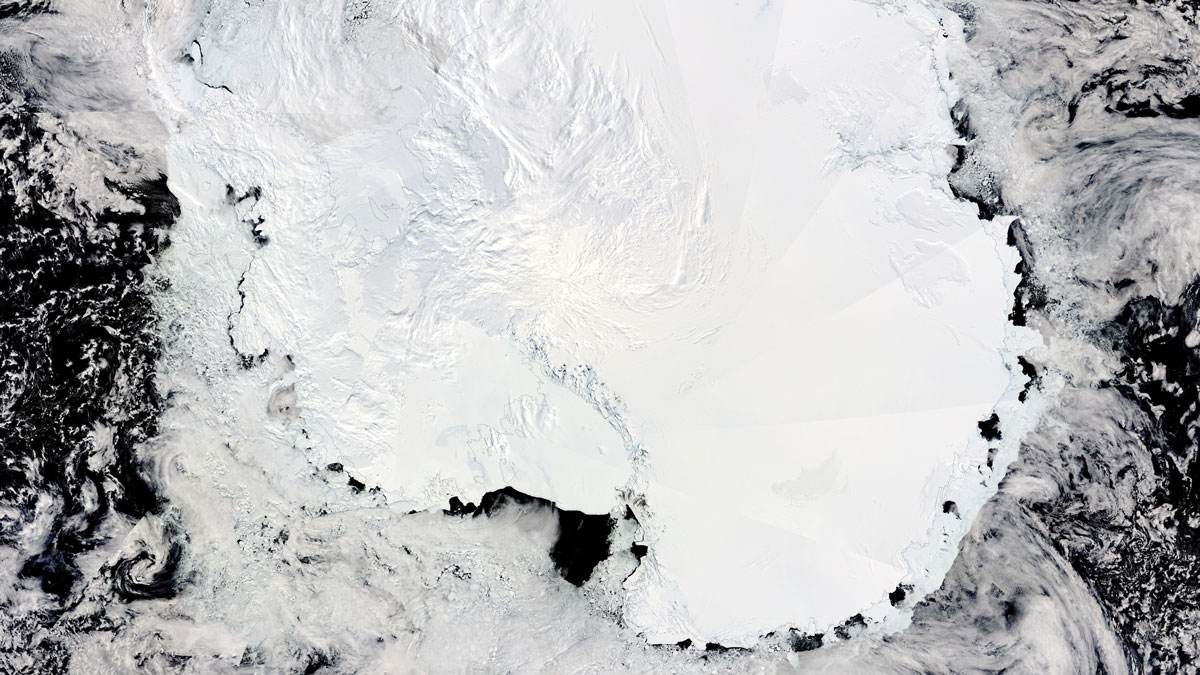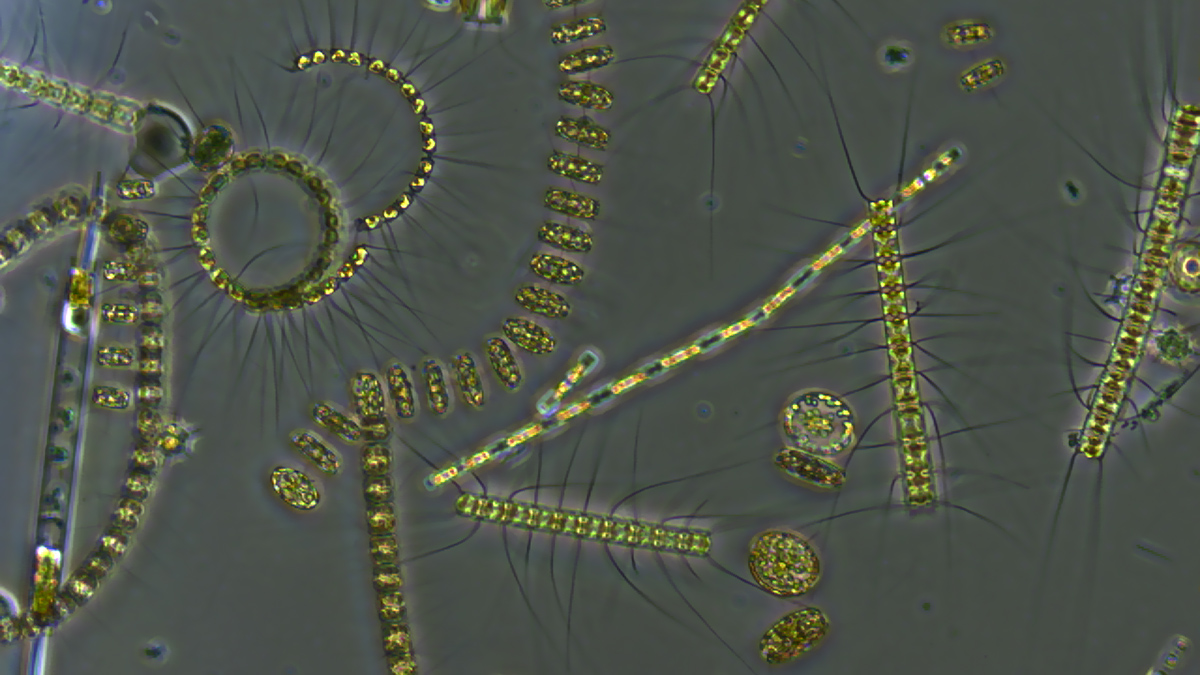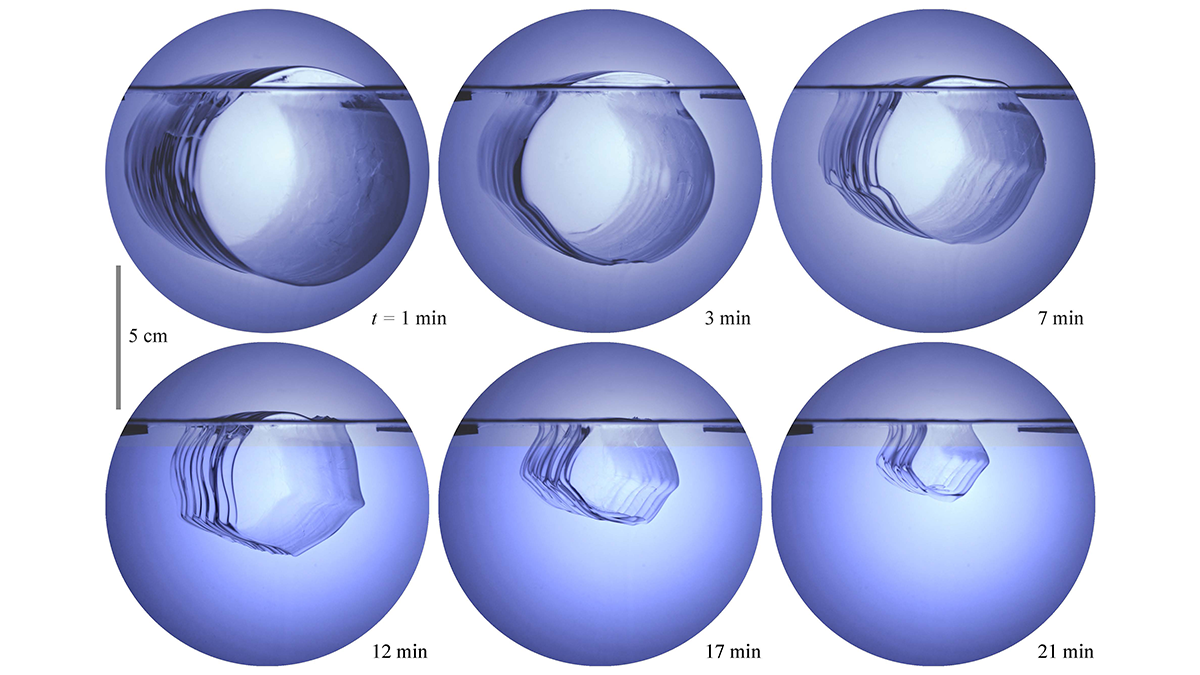From a gathering of scientists at a uniquely well-preserved section of ancient oceanic crust came a monograph investigating the latest in hydrothermal fluxes and seawater chemistry.
Oceans
Glacier Runoff Becomes Less Nutritious as Glaciers Retreat
Sediment from retreating, land-terminating glaciers contains proportionally fewer micronutrients such as iron and manganese, reducing the glaciers’ value to microorganisms at the base of the food web.
Echoes From the Past: How Land Reclamation Slowly Modifies Coastal Environments
Reclamation of tide-influenced areas has a large impact on coastal environments through gradual modification of tidal dynamics, erosion, and siltation.
A New Way for Coastal Planners to Explore the Costs of Rising Seas
A framework featuring a range of plausible future sea level rise scenarios could help coastal planners prepare critical infrastructure for the worst-case scenario.
Ocean Tunneling May Have Set Off an Ancient Pacific Cooldown
The ocean’s depths cooled off about 1.5 million years ago, and scientists think watery tunnels from the south may be to blame.
How Algae Helped Some Life Outlast Extinction
Cooler waters near Norway’s north provided a refuge for phytoplankton during the Great Dying, a new study suggests.
Satellite Data Reveal Changing Lakes Under Antarctic Ice
Radar altimetry observations have pinpointed 85 active subglacial lakes, shedding light on how water moves beneath the Antarctic Ice Sheet.
Marine Heat Waves Slow the Ocean’s Carbon Flow
When plankton find themselves in hot water, organic matters stalls at the surface and disrupts transport of carbon to the deep ocean.
Melting Cylinders of Ice Reveal an Iceberg’s Tipping Point
New lab experiments on cylinders of pure ice shed light on how icebergs flip over as they melt, demonstrating the link between a warming ocean and small-scale events that can have rippling consequences.

